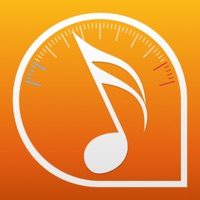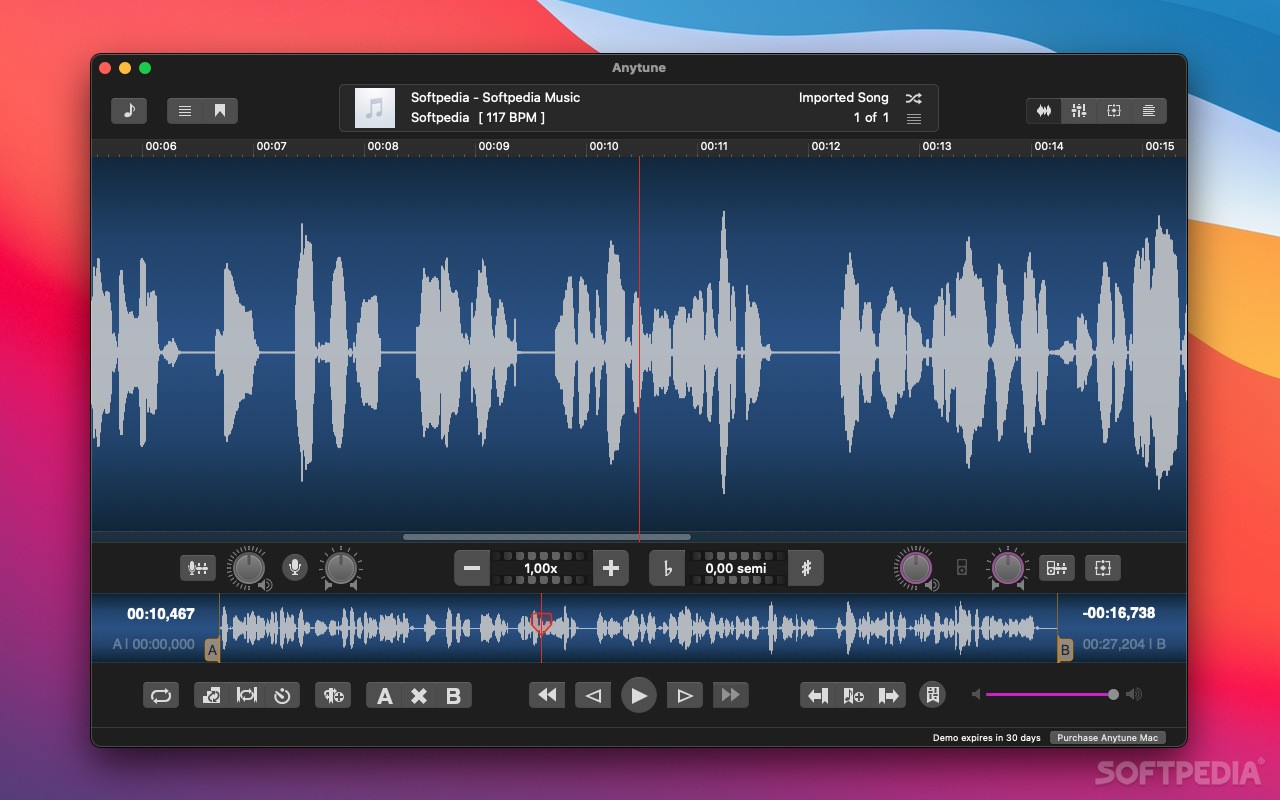
A rare few even had fancy cassette players that allowed the same. In times past, musicians could turn halve the speed of their turntable to slow down a tune. Slowing down tunes allows you to choose a recording you want to learn, bring it down to a speed that is reasonable for your current listening skills, and focus on particular parts one-by-one until you get them under your fingers. It gives direct access to the sounds themselves while also giving you control over how much sonic information is coming at you. Slowing down recordings of tunes you want to learn gives you the best of both worlds.
Hwo to save anytune full#
The question is how? Learning from tunes played at full speed is not for the faint of heart, and not likely to be the best way to discover the details that make a tune really special.

There are lots of reasons to learn tunes by ear. Thus learning tunes by ear gives you the ability to find your own level within any recording, from the most basic to the most insanely detailed. The more you listen, the more you can discover. But recordings can display an almost limitless depth. No wonder – their listening skills have had less practice.įurthermore, written notation is fixed. Musicians who have learned primarily from sheet music or video tutorials, where the parts are broken down slowly and methodically, are generally not as good at just picking up tunes in a session. It’s also a great way to learn because it develops the skills needed to swim when unfamiliar tunes come up in jam sessions. Learning in this way is an important part of the music itself. In part this because the various musical practices we lump under the term oldtime are themselves predominantly aural traditions, passed on by ear, in-person. There are lots of ways to learn to play oldtime, but for most people, most of the time the best way is by ear.
Hwo to save anytune free#
YouTube and Timestretch are two good, free ways places to start.There are many free and paid programs that can help you do that.Learning tunes by ear is great – slowing tunes down makes that easier.ReTune can be enabled or disabled per-track, and ReTune settings are saved on the marks even when it is disabled, so you can easily move between scripted playback, and dynamic playback. Any ReTune changes will also be incorporated into songs that are exported from Anytune if ReTune is enabled at the time the track is selected for export.

Now when you play the song back, ReTune will adjust the tempo as playhead passes by the mark. Tap the "i" icon next to the mark where you want the song to slow downĬlick on the second mark and ensure the extra marks info panel is visible (will happen automatically when ReTune is on) Type or adjust the slider to the desired tempo Go to the ReTune section, and select the icon that looks like a clock to enable tempo changeĪdjust the tempo to what you want it to be using the sliderĬlick on the first mark and ensure the extra marks info panel is visible (will happen automatically when ReTune is on) Tap the "i" icon next to the mark where you want the song to speed up It will turn orange when activated.Ĭlick the ReTune button that is next to the Marks pane toggle button or select Marks -> Enable ReTune Tap the ReTune button in the bottom left of the Marks toolbar - it looks like a mark with some sliders in it.

Select the Marks tab, and select the song you are currently playing Select the "Marks" mode from the playback view to show all of the marks ReTune lets you adjust how a song plays back by scripting changes to tempo, pitch, gain, and pan during playback. Here is how you can use ReTune to speed up a section of a song and then slow it back down.ġ - One at the point at which you want the song to speed upĢ - Another at the point where you want the song to slow down again


 0 kommentar(er)
0 kommentar(er)
